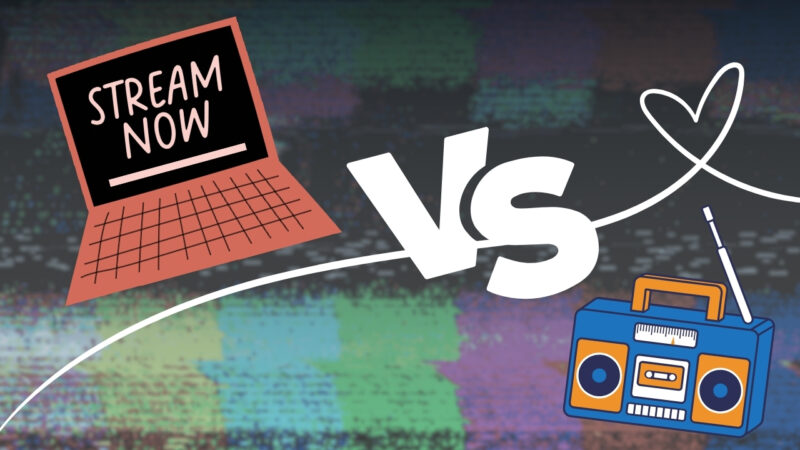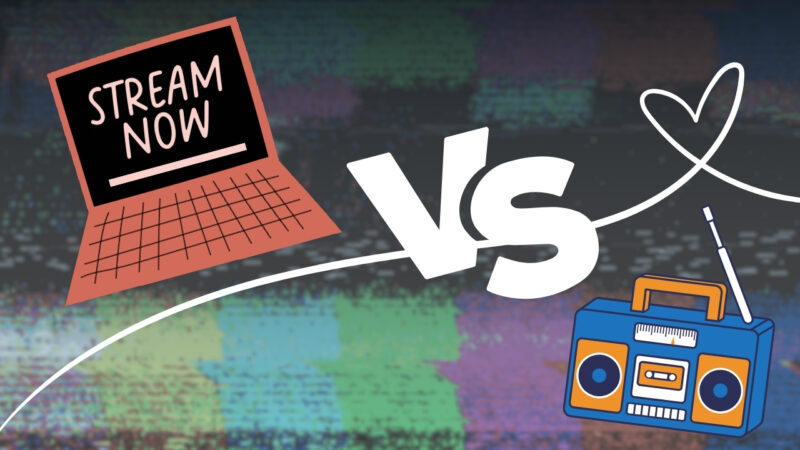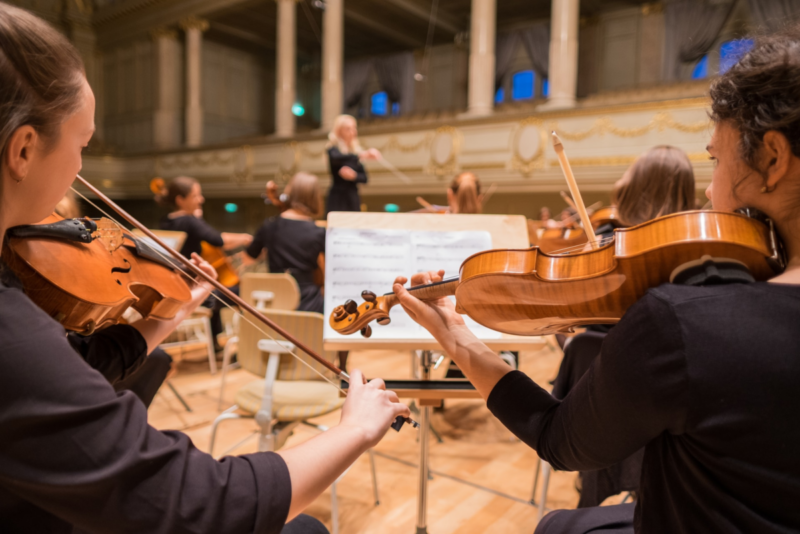So, here we are in 2024, with this incredible music box that represents the amazing changes happening in the world of music. Right now, there’s a big competition happening between huge music streaming services and our familiar radio stations. Streaming Giants vs Radio competition is shaping the way people all around the world enjoy their favorite tunes.
It’s a thrilling time, as technology has transformed the music industry, just like our magical music box. This box can play any song we want, anytime, anywhere, giving us more choices and making our music experience truly personal. It’s like having a private concert in our pocket, tailored just for us!
Streaming Giants vs Radio: Pros and Cons
| Streaming Giants | Radio | |
|---|---|---|
| Pros |
|
|
| Cons |
|
|
The Rise of Streaming Giants
Streaming platforms like Spotify, Apple Music, and Amazon Music have truly disrupted the music world. These services have put millions of songs right at our fingertips!
We can create personalized playlists, discover new artists, and enjoy our favorite tunes whenever we want. Spotify, for example, now has over 500 million active users, with 210 million premium subscribers, showing just how popular these platforms have become.
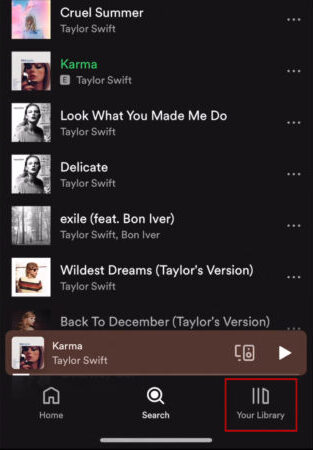
What makes streaming so appealing?
It’s all about convenience and control. With an internet connection, we can listen to our music anytime, anywhere. Younger generations especially love this flexibility and the ability to customize their music experiences.
Plus, these platforms use clever technology to give us tailored recommendations, introducing us to new artists and genres we might not have found on our own. Despite the rise of streaming, people have not forgotten traditional radio. It still maintains a strong position, particularly among certain age groups and in areas where internet access is limited.
Radio stations provide a one-of-a-kind listening experience by combining local news, weather updates, and community-focused content that streaming services can’t match. Recent information reveals that Americans continue to listen to traditional radio more than they listen to podcasts, highlighting radio’s lasting charm.
That’s why the Streaming Giants vs Radio battle is still not finished. Radio, a nostalgic companion during daily routines, forms a personal connection with local listeners that streaming services struggle to emulate.
Global Trends in Music Consumption

Music consumption habits around the world are diverse and influenced by factors such as internet availability, cultural preferences, and economic conditions. In developed countries with widespread internet access, streaming has become the leading way to enjoy music, pushing traditional radio to a secondary position.
However, in regions with limited internet infrastructure, radio remains the primary method for people to access music and information.
In certain areas of Africa, Asia, and Latin America, radio continues to play a crucial role, offering entertainment, news, and cultural programming to large audiences. The accessibility and affordability of radio make it an essential resource for these communities, emphasizing its lasting significance in the global media landscape.
The Role of Technology and Innovation
In the grand orchestra of music, technology serves as the maestro, guiding and shaping each section – streaming platforms – to create a harmonious, captivating experience that resonates with the souls of listeners.
Innovations like high-quality audio, interactive playlists, and social sharing options are the nuances and flourishes that the conductor brings to the performance, making it feel more personal and emotionally engaging. They allow us to explore the depths of our favorite tunes and share the joy of music with others.
Now, envision the seamless integration of music streaming with other devices and services, like smart speakers, connected cars, and wearable tech. It’s as if the orchestra is playing just for us, wherever we are, creating a profound connection between the music and our daily lives.
In this grand orchestra, traditional radio is not forgotten or overlooked. Under the conductor’s baton, radio harmonizes with technology like streaming, apps, and podcasts, retaining its unique charm and resonating with hearts across the globe.
Challenges Faced by Traditional Radio
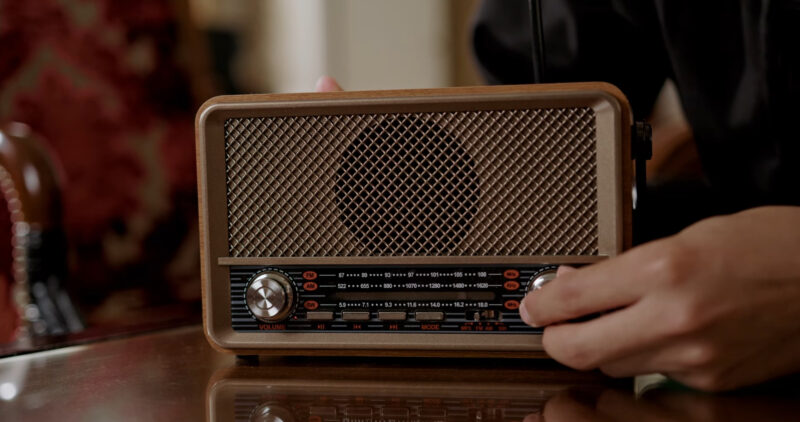
Traditional radio is facing some difficulties in today’s changing music world. With more people listening to streaming services, especially younger listeners, radio stations are finding it hard to keep their audience. Another issue is that many companies are now spending their advertising money on digital platforms instead of radio.
This means radio stations have less money coming in, so they need to find new ways to earn money and stay in business. They want to continue sharing music and information with everyone, but it’s becoming more challenging.
Streaming Services’ Market Dominance
Streaming services have become very powerful in the music market by making smart partnerships, offering special content, and setting competitive prices. They work together with famous artists and release exclusive music, which helps them stand out and attract loyal fans.
For example, Apple Music has exclusive album releases and Spotify partners with influential musicians. The way these services set their prices is also important for their success.
Many platforms offer different subscription plans, so users can choose between free versions with ads or premium versions without ads. This gives people the freedom to pick a plan that fits their preferences and budget, helping streaming services gain more users and make more money.
Impact on Artists and the Music Industry

The rise of streaming has made a big difference for artists and the music industry as a whole. Streaming services offer global exposure and new revenue streams for artists, but challenges include fair pay and competition.
Well-known artists can take advantage of the wide reach and promotional opportunities that streaming services offer. However, new artists often find it hard to get noticed, since there’s so much music available. The topic of how to divide the money that streaming services bring in is still being debated.
Numerous artists are pushing for higher royalty rates and clearer payment structures. Streaming services help artists connect with fans, understand listener preferences, and improve marketing, despite challenges.
Who Is The Winner?
It seems like the Streaming Giants vs Radio battle is not over. Each has good and bad parts. Streaming offers personalized music, while radio provides local companionship and music discovery. Artists have their own ups and downs with streaming.
It’s easier for them to share their music, but it’s also harder to make a living. Still, streaming helps them connect with fans and learn what they like. Generally, we must balance technology, personal preferences, and artists’ needs as it evolves.
But if I had to choose, I would choose the radio. Not because I am old fashion guy, not at all, but I drive often and without the radio, it would be terrible listening to the silence. So, I vote for Traditional Radio!

